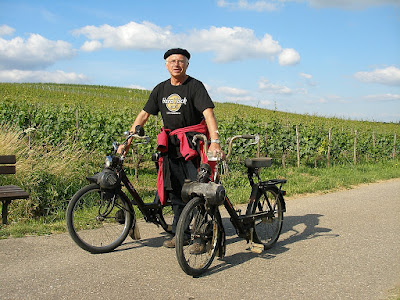It is
1988-the height of the Cold War. At Randolph Air Force Base in Texas, David
Balzen is a straightforward, decisive, and ethical security police sergeant.
But when he finds himself the solo hostage negotiator at a top secret research
hangar, Balzen soon learns that reality is farther from his reach than he ever
imagined.

While
bargaining for the release of a female research assistant from a demented
physicist, Balzen is confronted with one of man's oldest dreams or, in his
case, a nightmare. During a last-ditch effort to save Christine Townsend,
Balzen is thrown into the physicist's time machine's beam and suddenly finds
himself in Camelot without weapons and tools. With his life at the mercy of
King Arthur, Balzen must prove himself worthy enough to be returned to his
homeland. When Balzen is commissioned to assassinate an evil rogue, he is
provided with a servant girl to assist him who looks incredibly similar to
Townsend. Compounding matters, Balzen is about to discover that no one in
Camelot or Texas is who they appear to be.
In this
military thriller, an Air Force security police sergeant is transported back in
time to Camelot where he must defeat the Black Knight in battle, in order to
return home.





















































